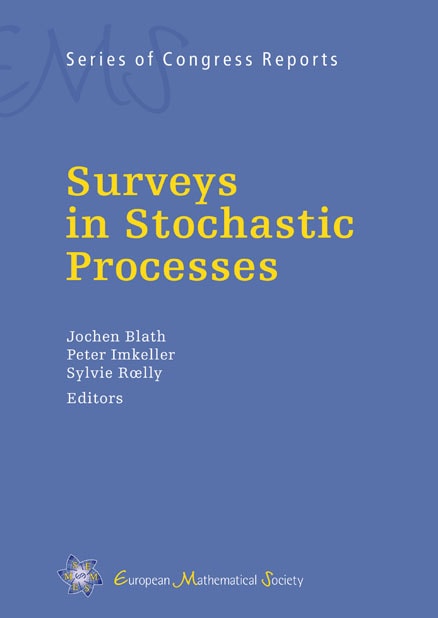The COGARCH: a review, with news on option pricing and statistical inference
Claudia Klüppelberg
TU München, Garching, GermanyRoss Maller
Australian National University, Canberra, AustraliaAlexander Szimayer
Universität Hamburg, Germany

A subscription is required to access this book chapter.
Abstract
Continuous time models have been elevated to great importance in the modelling of time series data, in response to the successful options pricing model of Black and Scholes (1973), among other things. In 2004, Klüppelberg, Lindner, and Maller introduced the “COGARCH” model as a continuous-time analogue to the enormously influential and successful discrete time GARCH stochastic volatility model of Engle and Bollerslev. Like the GARCH model, the COGARCH is based on a single source of random variability, in this case, on a single background driving Lévy process.
Since its inception, the original COGARCH model has been studied intensively and generalised and extended in various ways. In the present paper we formulate the model using stochastic differential equations and review some of its important properties as well as some recent developments, including some statistical issues. As a new contribution we present a COGARCH option pricing model including the possibility of default, in which the underlying stock price process is taken as a stochastic exponential of a COGARCH model with drift. We give a preliminary analysis of this model in its risk-neutral dynamics, and as a prominent example, compute European option prices in the Variance-Gamma COGARCH model.
For practical implementation, we must discretise the continuous-time COGARCH onto a discrete grid over a finite time interval. We go on to review ways of doing this by means of various approximation schemes, in particular, via a “first jump” approximation to the underlying Lévy process, which preserves features of the process important for optimal stopping problems. Some other applications of the technology, especially to the modelling of irregularly spaced time series data, are discussed too.